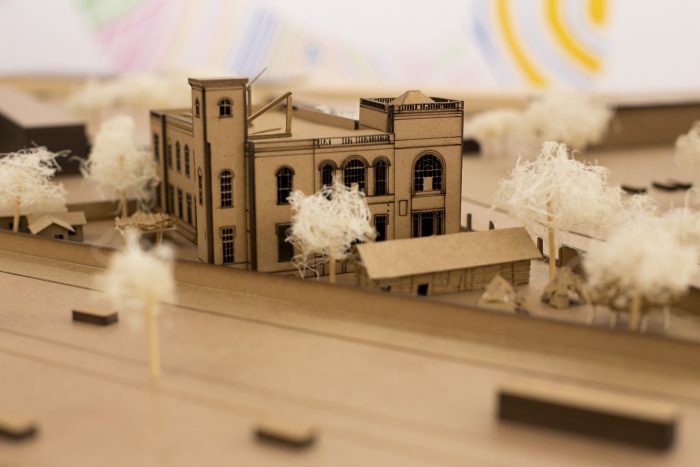
Through the exhibition «Dja Guata Porã: Rio de Janeiro Indigena», the curators Sandra Benites and Pablo Lafuente reflect on the discursive powers and agencies that the indigenous communities of Brazil can achieve from exhibition and institutional devices, and question the concept of the art object in the production of these communities.







Even if we tried to approach the Guarani practices from what the whites call, or we call, “art,” many precisions, adjustments, and reservations were required.Achieving this collaborative experiment required luck. The first artistic director departed before beginning the process and the second had other concerns and did not pay enough attention. Likewise, self-critical attitudes were also needed from the beginning through to the final results to allow for collective decision-making processes. We started from our experiences as indigenous, anthropologists, mediators, and organizers to build bridges between conflicts and to seek common sensibilities, inspired by a text in Guarani: “walk collectively, and build that path while walking.” This text inspired part of the title of the exhibition. We had to discuss without forgetting the teachings and thoughts of the other members in order to understand their teko [way of being].[4]
Through the exhibition «Dja Guata Porã: Rio de Janeiro Indigena», the curators Sandra Benites and Pablo Lafuente reflect on the discursive powers and agencies that the indigenous communities of Brazil can achieve from exhibition and institutional devices, and question the concept of the art object in the production of these communities.
Even if we tried to approach the Guarani practices from what the whites call, or we call, “art,” many precisions, adjustments, and reservations were required.Achieving this collaborative experiment required luck. The first artistic director departed before beginning the process and the second had other concerns and did not pay enough attention. Likewise, self-critical attitudes were also needed from the beginning through to the final results to allow for collective decision-making processes. We started from our experiences as indigenous, anthropologists, mediators, and organizers to build bridges between conflicts and to seek common sensibilities, inspired by a text in Guarani: “walk collectively, and build that path while walking.” This text inspired part of the title of the exhibition. We had to discuss without forgetting the teachings and thoughts of the other members in order to understand their teko [way of being].[4]

Pie de foto para Imagen 2

Pie de foto para Imagen 2

